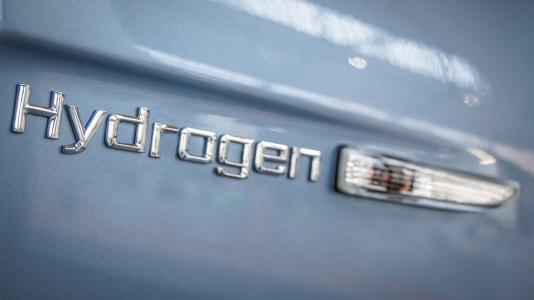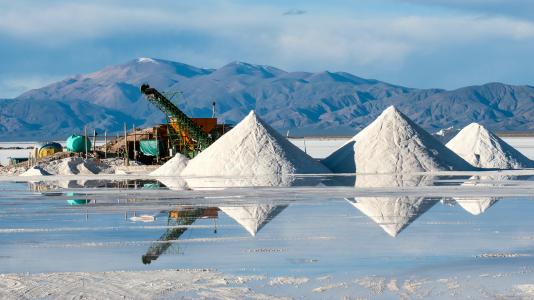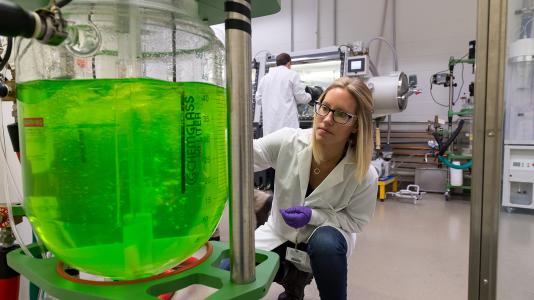
- Methods for forming pitting resistant carbon coating (IN-14-132)
A method for making a pitting resistant carbon coating that includes a hydrogenated diamond-like coating (“H-DLC”). The H-DLC is relatively soft and elastic. Unlike hard and/or inelastic coatings in the prior art, the present coatings do not exhibit a loss of adhesion (delamination). A bonding layer may be deposited on a metallic substrate and the deposited H-DLC on the bonding layer.


